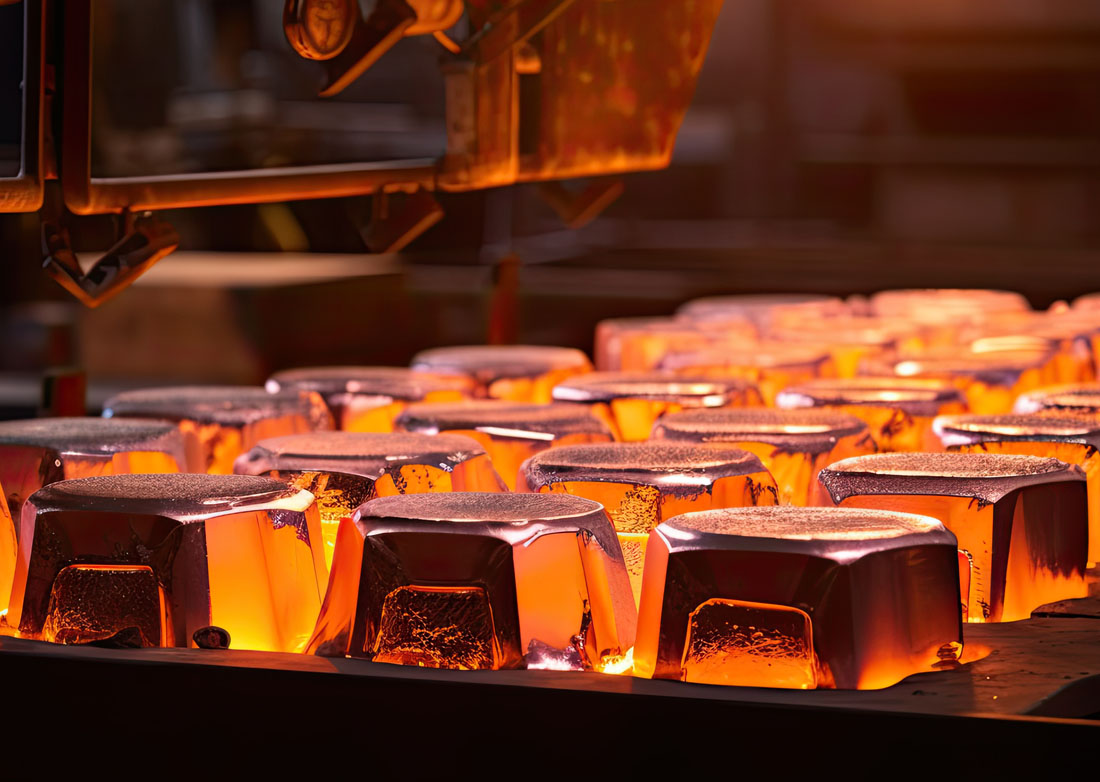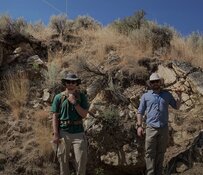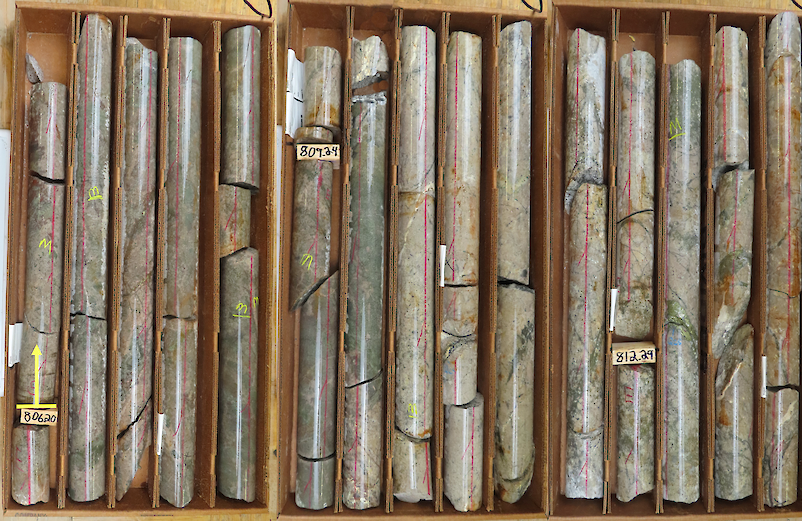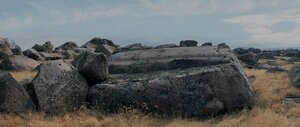The Critical Metals Report: Brandon, the Chinese Ministry of Commerce recently announced a second set of rare earth element (REE) export quotas for 2012. Was that a surprise?
Brandon Tirpak: Somewhat. In December 2011, the ministry announced the 2012 quotas would be essentially the same as 2011, about 25 thousand tons (Kt) for H1/12 being its first export quota tender. Of course, not all of that material was released immediately. That 25 Kt was supposed to represent 80% of the total release for 2012, which would have brought the 2012 total close to 31 Kt.
For the entirety of 2012, we only expect about 10–15 Kt of the quotas to be used. That is because the market has slowed quite a bit. The most surprising aspect of China's second announcement was that it came at a time when the market was already extremely lackluster. The second announcement was probably due to the close scrutiny of the world markets, as China is still under the World Trade Organization's microscope.
TCMR: Will it have any impact on the small-cap companies, or will it be business as usual?
BT: For now, it will be business as usual for the companies. They are struggling with financing issues. Some have very low cash reserves and are likely to be weeded out over time.
On the consumer side, I think there will be a great impact, because a lot of what is happening on the explorer side relates directly to consumption. End users are taking a wait-and-see attitude. Companies used to order as much as 6–12 months of materials at a time. Now, they order on a month-to-month basis to avoid downside price risk.
Ultimately, falling prices for the metal commodities or for the rare earth oxides (REOs) directly affect money flowing into the industry. I think the Chinese government will take extra measures to stabilize prices or exert some upward price pressure, such as new taxes or the stockpiling efforts it recently announced.
TCMR: Tell us more about China's stockpiling plans.
BT: This past July, the Chinese government announced, without elaboration, that it would create a stockpile of roughly 6 billion (B) renminbi-worth of REEs. That effort will begin within the next several weeks. A lot of people expect to see some price stabilization as a result, and if you take note of figures published by Asian Metal, the rate at which prices are falling has slowed drastically over the last several months.
TCMR: The Chinese have bought oil and gas, base metals and iron ore assets outside of China, but in the REE space they have limited themselves to offtake agreements and joint ventures. Do you expect a state-owned Chinese company to make a takeover offer for a foreign REE project, given their weak prices?
BT: Yes, I do. The Chinese have been shopping around the globe. But I do not think their search for minerals is any different from most other Western nations.
TCMR: I have been told that the Chinese have 100,000 engineers working on different REE applications. Are they more knowledgeable about the uses of REEs than the rest of the world?
BT: China does have key advantages in the sphere. You would expect a country that controls 98% of the global production to have the core competencies. China is home to thousands of engineers and professionals who devote their careers and research to REEs. That has implications not just for developing REE applications, but also upstream in the metallurgy, the separation and the actual production of rare earth oxides (REO).
TCMR: And China may value them more than others might.
BT: Certainly China sees REEs playing a very large role in its economic development. When you have 1.3B people to employ, you need to look beyond textile production or agriculture. You want to bring in value-adding industries.
TCMR: China has a lot of resource assets in Africa. Would African projects be likely targets for a Chinese takeover?
BT: Possibly. Africa has a lot of world-class REE deposits, and the governments there want to increase foreign direct investment. African projects are highly attractive to Chinese investors and to Chinese companies. It is also possible that an African government could be more willing to work with a state-owned or a Chinese company than companies from other jurisdictions, like North America, Australia or Europe.
TCMR: Are there any African projects advanced enough for the Chinese to start calculating net present values and such?
BT: Great Western Minerals Group Ltd. (GWG:TSX.V; GWMGF:OTCQX) has attracted attention around the world because of its vertical integration plans. It is already working with the Ganzhou Qiandong Rare Earth Group Ltd. on a separation facility to be built in South Africa.
Frontier Rare Earths Ltd.'s (FRO:TSX) deposit has a sizeable representation of heavy rare earths (HREEs). Namibia Rare Earths Inc.'s (NRE:TSX) project has very high HREE content. Its assays have typically shown HREE distributions in the 90th percentile.
If you look at the development of the industry over the last eight years or so, the focus was first on discovering REE deposits. Then the focus shifted to HREEs. Now, the latest term is CREOs, or critical rare earth oxides. The industry has really matured outside of China.
TCMR: What falls into the category of CREOs?
BT: The U.S. Department of Energy identifies them as terbium, dysprosium, europium, neodymium and yttrium. This is based on three factors: the downstream industries that use them, the supply-and-demand outlook and the realistic production picture over the next five years.
TCMR: Do any companies stand to benefit from increased price pressure on CREOs?
BT: Lynas Corp. (LYC:ASX) has a nice volume of europium at its deposit, which could lead to some price stabilization at higher values because of the strain on supply. Still, I do not expect true stability in the market in the short to midterm.
TCMR: Many of the preliminary economic assessments (PEAs), prefeasibility and feasibility studies published for companies developing REE projects project production numbers in the range of 20 Kt/year or even 30 Kt/year. How many companies could reach that level of production before the market is saturated?
BT: There may be four or five companies other than Molycorp and Lynas capable of that level of production, but none will come to market sooner than 2015. The more mature projects out there have production schedules in the 10–20 Kt range, which I think is more realistic.
TCMR: But 10 Kt is not a lot in the grand scheme of things when you look at other mined commodities. A company would have to have a really high margin to make that project economic. Will cost of production be important?
BT: Absolutely. That is why you need to look at many other factors besides a company's production rate. I use a triangle to evaluate companies. One point is mineralogy, another point is metallurgy and the third is the geopolitical and infrastructure factors. Typically, a company is very good in two factors, but lacking in the third.
Looking at production numbers does not tell the whole story. You need to make sure there is a clear pathway from the deposit to the end consumers, and understand where the value is being derived. A lot of projects anticipate getting 50–85% of their anticipated revenue from just a handful of materials. So yes, you might be producing 20 Kt/year, but where is the value coming from?
TCMR: A lot of the economics for these projects were done using prices from late 2010 and 2011. Do their studies need to be redone at current pricing?
BT: Some of those studies need to be reevaluated, and many of the forward-looking companies have already taken the steps to do that.
For example, I visited Quest Rare Minerals Ltd.'s (QRM:TSX; QRM:NYSE.A) deposit at Strange Lake last week. Its price forecast on many of its products is much lower than even the current trading values.
TCMR: What did you see at Quest?
BT: Quest is investigating two zones. The B zone is its current focus. The Main zone is a couple of kilometers away. The mineralization looks good. The geologists were extremely enthusiastic about the values coming out of the ground. The project is open in many directions, indicative of a very large resource. Quest has an indicated and inferred resource estimate of 230 Mt at 0.91% total rare earth oxides, but there is also a lot of potential.
TCMR: Quest is well into its prefeasibility study. What do you expect to see when that report is published?
BT: It needs to show a clear, easy-to-understand path from taking minerals out of the ground and making it to market, including how it will sell its materials to the end market and where the value and the revenue will come from.
If a company anticipates a large part of its revenues from cerium and lanthanum, what are its production costs? Will it be able to make money based on those values or on the forward-looking values of a particular commodity? This is not specific to Quest; it just is what every company needs to consider.
TCMR: Strange Lake has a high percentage of HREEs in its ore. How is the pilot plant recovery going there?
BT: Things seem to be going really well. The bench work is showing promising recoveries, and its mini-pilot plant testing will be underway in Q4. Next up is then a full pilot plant test.
Of course, moving through development, you continually refine and optimize. Optimization is about balancing both mineral recovery and costs. A company might be able to achieve 90% recovery of a mineral, but at what cost? All of Quest's current recoveries are well above or comparable to the thresholds in its PEAs.
TCMR: What is your opinion of the Securities and Exchange Commission (SEC) supply chain audit ruling regarding conflict minerals? Could it be a boon to U.S.-based companies? Could the advantage extend to companies that are in North America, like Quest and Avalon Rare Metals Inc. (AVL:TSX; AVL:NYSE; AVARF:OTCQX)?
BT: I think it bodes well for U.S.-based companies like those you mentioned, as well as Ucore Rare Metals Inc. (UCU:TSX.V; UURAF:OTCQX) and Rare Element Resources Ltd. (RES:TSX; REE:NYSE.A).
The REE industry is slightly different than other conflict minerals in that, outside of China, it is extremely small and therefore easy to control and do the auditing as the industry develops.
TCMR: Was the SEC ruling a surprise?
BT: Not at all. This is an obvious problem, whether it be drug cartels being shielded by the mineral resources or international pirate organizations or mining in a country like the Democratic Republic of the Congo. Dangerous organizations are receiving value from resources coming out of the ground. They may be involved in the mineral trades directly or they may be putting pressure on current producers for payment or by blocking development companies' access to resources. They are part of the supply chain, and with the focus on international terrorism, this ruling was inevitable. Companies will have to prove the credibility or validity of their minerals all along their supply chain, from the deposits themselves to the smelters.
TCMR: Now that the conflict minerals concept has been extended beyond diamonds into other mined commodities, it could benefit U.S.-based resources. Which domestic REE projects might benefit most?
BT: Molycorp Inc. (MCP:NYSE) is the front-runner, with its deposit in Mountain Pass and its Phoenix project. It has a lot of cheerleaders who expect it to be the first U.S. producer to bring these highly valuable resources into the supply chain.
But Ucore and Rare Element Resources both deserve attention. Ucore has a significant percentage of HREEs in its Alaskan deposit. It has strong local and federal support because of the potential to produce things like dysprosium, which is used in magnets, and any number of phosphors.
TCMR: What will your investment thesis be in the REE space over the next 16 months?
BT: As always, it will be essential to "know before you go." Investors need to look for companies with a clear, focused and simple way of bringing a mineral into production and putting it in the hands of consumers. A company's ability to do this and control its costs needs to be the No. 1 focus of an investor looking at a company.
A deposit's location and the logistical challenges are very important. They can make or break a project regardless of what is actually in the ground. A company needs a clear explanation of how it will overcome such challenges.
If some data look too good to be true, perhaps they are. There needs to be a point of reference when looking at a particular company's assays or exploration. A company may say that it is fast- tracking its deposit, but so are 400 others.
Having joined Asian Metal as an analyst in early 2011, Brandon Tirpak follows fluctuations and developments along all levels of the rare earth supply chain. Through ongoing and direct relationships with miners, explorers, producers, traders and end users, Brandon reports on the industry's latest developments on the Asian Metal website, the leading global source providing updated analyses on rare earth prices, forecasts and news for the company's clients. Tirpak earned a Master of Business Administration and a Master of International Business at the University of Pittsburgh.
Want to read more exclusive Critical Metals Report interviews like this? Sign up for our free e-newsletter, and you'll learn when new articles have been published. To see a list of recent interviews with industry analysts and commentators, visit our Exclusive Interviews page.
Disclosures:
1) Sally Lowder of The Critical Metals Report conducted this interview. She personally and/or her family own shares of the following companies mentioned in this interview: None.
2) The following companies mentioned in the interview are sponsors of The Critical Metals Report: Frontier Rare Earths Ltd., Namibia Rare Earths Inc., Quest Rare Minerals Ltd., Ucore Rare Metals Inc. and Rare Element Resources Ltd.
3) Brandon Tirpak: I personally and/or my family own shares of the following companies mentioned in this interview: None. I personally and/or my family am paid by the following companies mentioned in this interview: None.




































